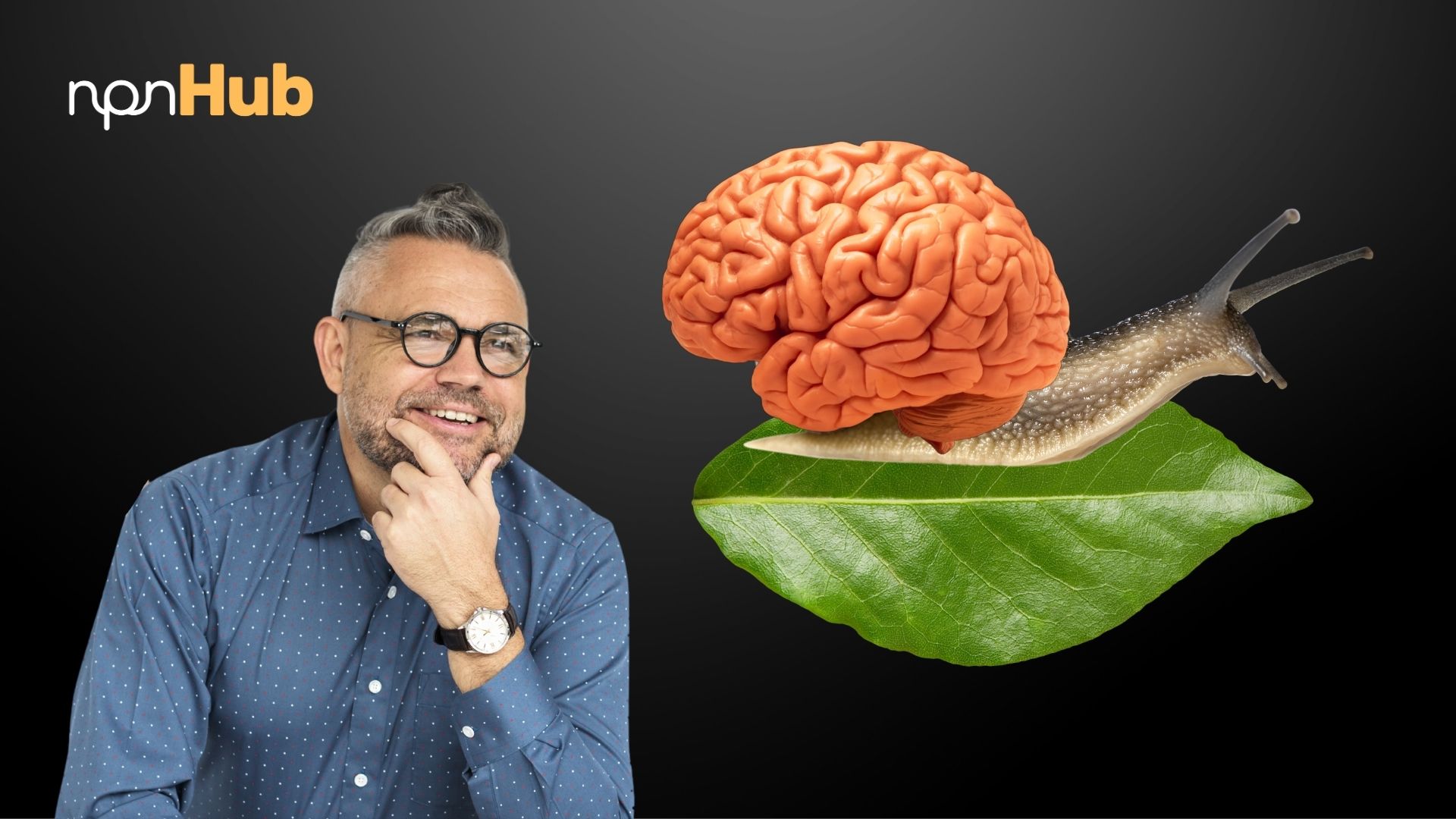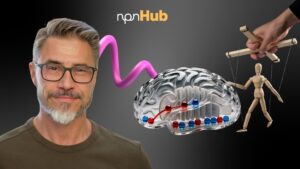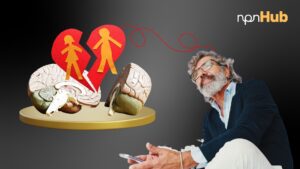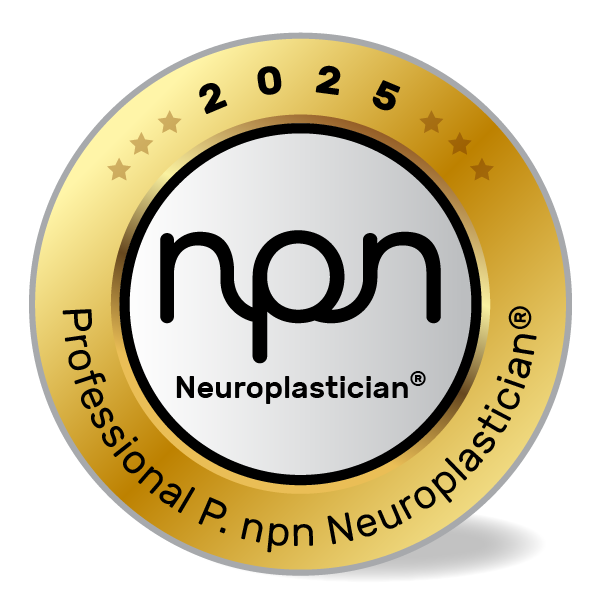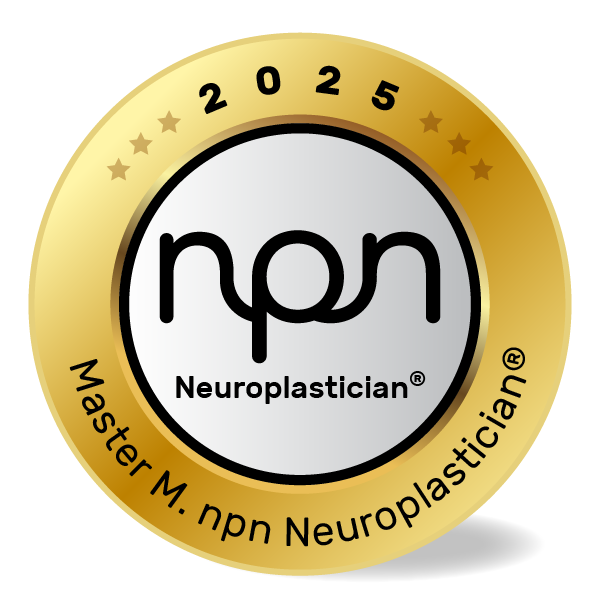Why Our Brains Operate at 10 Bits Per Second
The human brain is often lauded as one of nature’s most extraordinary creations. To put that in perspective, our sensory systems take in trillions of bits of information per second, yet only a fraction of that makes it to our conscious thought.
This revelation raises compelling questions about the nature of human cognition, the constraints of our neural systems, and the evolutionary trade-offs that have shaped how we think. Let’s explore the science, stories, and implications of this fascinating finding.
The Cognitive Bottleneck
Professor Markus Meister, lead researcher at Caltech, described the 10 bits per second rate as “extremely low” compared to the immense capacity of our sensory systems. The study proposes that the brain operates in two distinct modes:
- The Outer Brain: Handles the rapid, high-dimensional processing of sensory and motor signals.
- The Inner Brain: Distills this torrent of sensory data into just a few bits necessary for decision-making and behavior.
The glaring contrast between these modes—trillions of bits versus 10—poses a neural conundrum. Why does the brain filter information so dramatically with its billions of neurons?
Evolution’s Design Constraints
The researchers suggest evolution shaped this bottleneck. For primitive beings, survival depended on rapid reactions to environmental stimuli, like evading predators or navigating terrain. Over millennia, human cognition evolved to focus on a single “path” of thought at a time—a form of abstract navigation.
The researchers argue that this slowness may be an advantage. “Our ancestors inhabited an environment where the world moved at a manageable pace,” the paper explains. “The 10 bits per second are often sufficient for survival.”
Implications for Modern Life
In today’s hyper-connected world, where sensory overload is the norm, this processing limitation is both a blessing and a challenge. On one hand, it protects us from becoming overwhelmed by the sheer volume of information. On the other, it constrains our ability to multitask effectively and adapt to the rapid demands of modern technology.
For instance, brain-computer interfaces like Elon Musk’s Neuralink face a sobering reality check. Despite Musk’s ambitious claims, researchers emphasize that the same cognitive speed limits will likely constrain any such device. As the study wryly notes, “Instead of the bundle of Neuralink electrodes, Musk could just use a telephone, whose data rate matches human language and cognition.”
Stories That Bring the Science to Life
A Mindful Parent’s Breakthrough
After reading about the 10 bits per second limit, she had an epiphany: her brain wasn’t designed for multitasking.
Sarah began practicing mindfulness, focusing on one task at a time and letting go of the myth of efficiency through multitasking. Over time, she noticed significant improvements in her mental clarity, stress levels, and relationships with her children.
An Overworked CEO’s Perspective Shift
James, a high-powered CEO, prided himself on his ability to handle multiple projects simultaneously. But as his company grew, so did his stress and decision fatigue. After attending a seminar on cognitive limits, he realized that his brain’s 10 bits per second processing speed was a natural constraint, not a personal failing.
The Way Forward
Understanding the brain’s inherent speed limit invites us to rethink how we approach productivity, learning, and technology design. Here are a few takeaways:
- Focus on Deep Work: Embrace activities that allow for single-task focus, minimizing distractions that overwhelm our limited cognitive capacity.
- Practice Mindfulness: Train your brain to slow down and prioritize what truly matters.
- Leverage Technology Thoughtfully: Use tools that enhance focus rather than fragment it further.
- Redefine Success: Understand that, in terms of cognitive output, quality often outweighs quantity
Why This Matters
The Caltech study challenges us to confront a fundamental truth: human cognition operates at a pace that may feel frustratingly slow in the modern world but is perfectly calibrated for survival. We can align our behaviours with the brain’s natural rhythms, fostering personal well-being and societal progress, by acknowledging and respecting these limitations,
As Meister eloquently says, “Every moment, we are extracting just 10 bits from the trillion that our senses are taking in and using those ten to perceive the world around us and make decisions.” This breathtaking efficiency—and simplicity—underscores the elegance of the human mind, even as it confronts its limits.
References
- Zheng, J., & Meister, M. (2024). The unbearable slowness of being: Why do we live at 10 bits/s? Neuron. https://doi.org/10.1016/j.neuron.2024.11.008
- Newport, C. (2016). Deep Work: Rules for Focused Success in a Distracted World. Grand Central Publishing.

